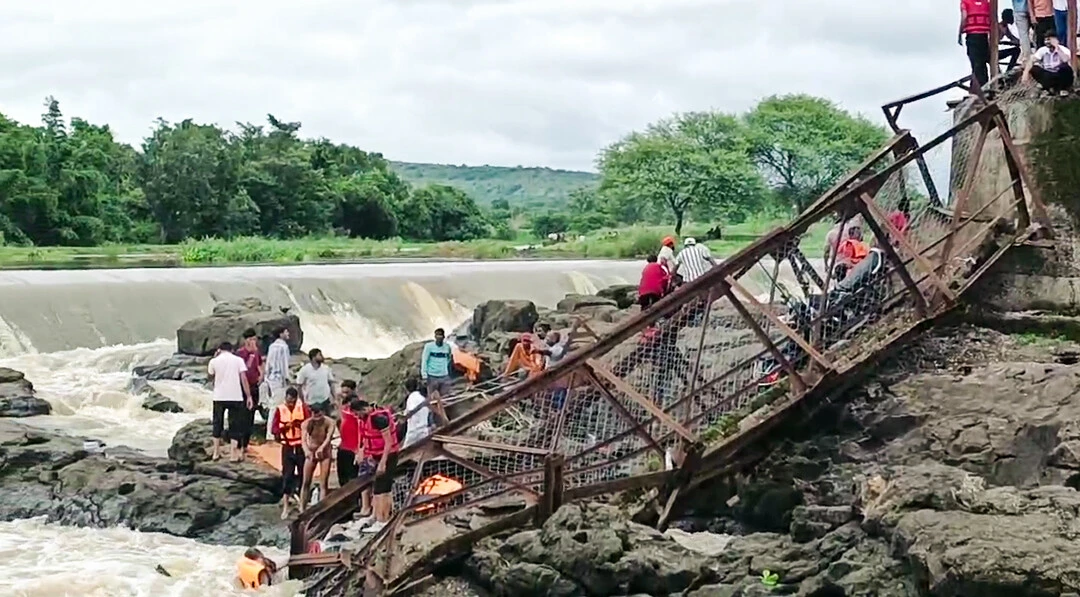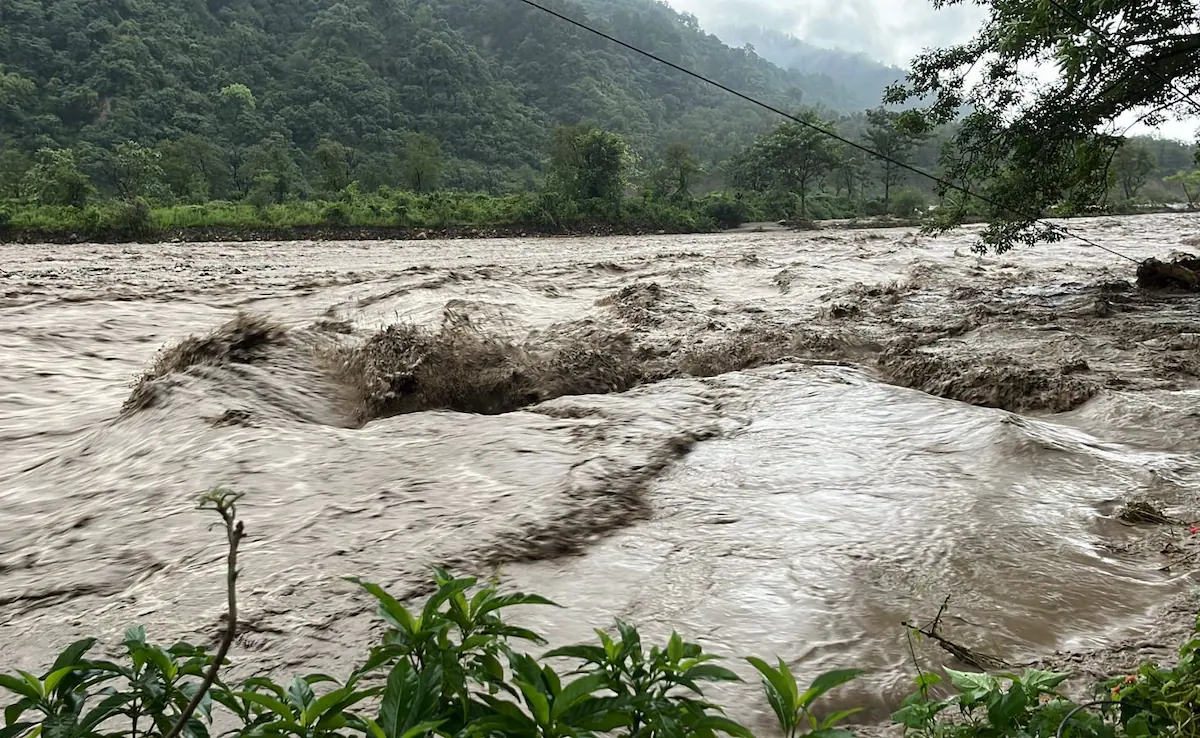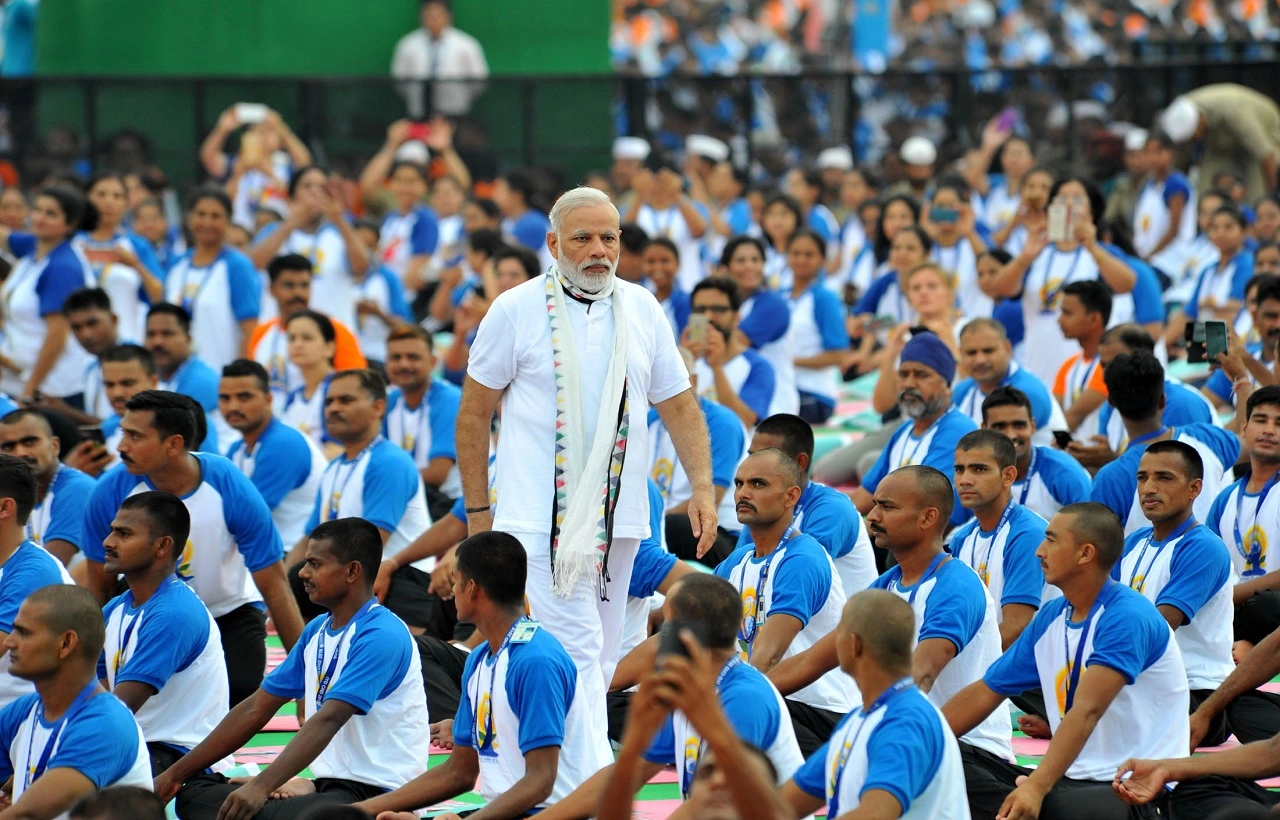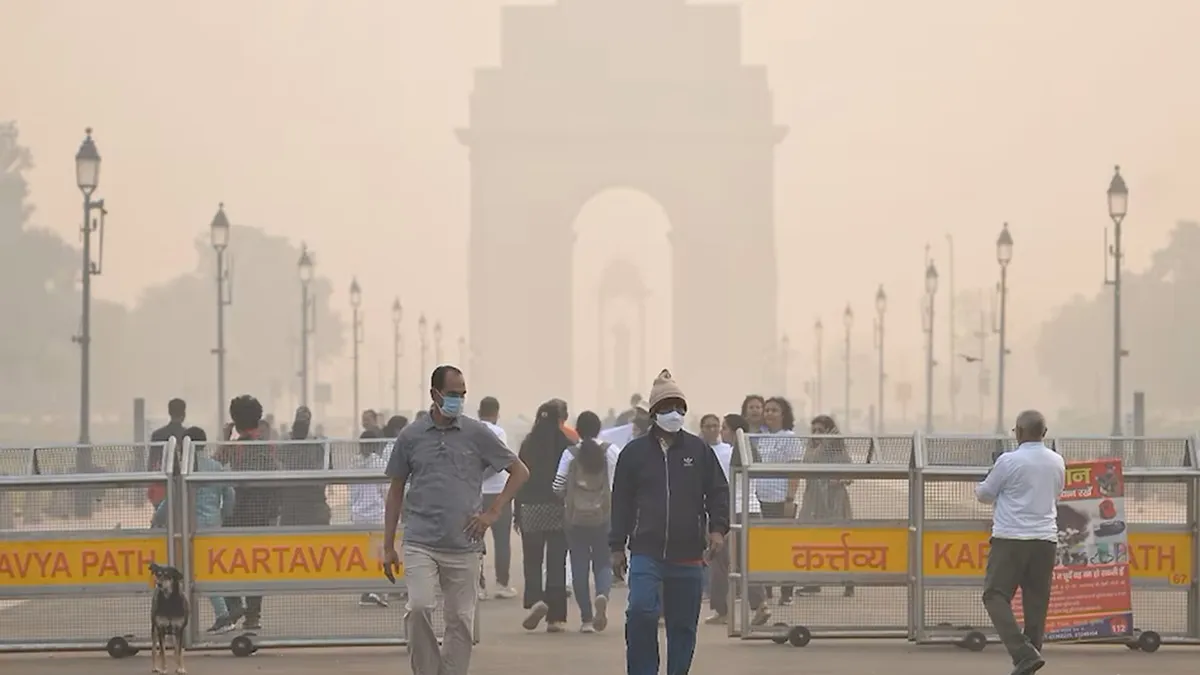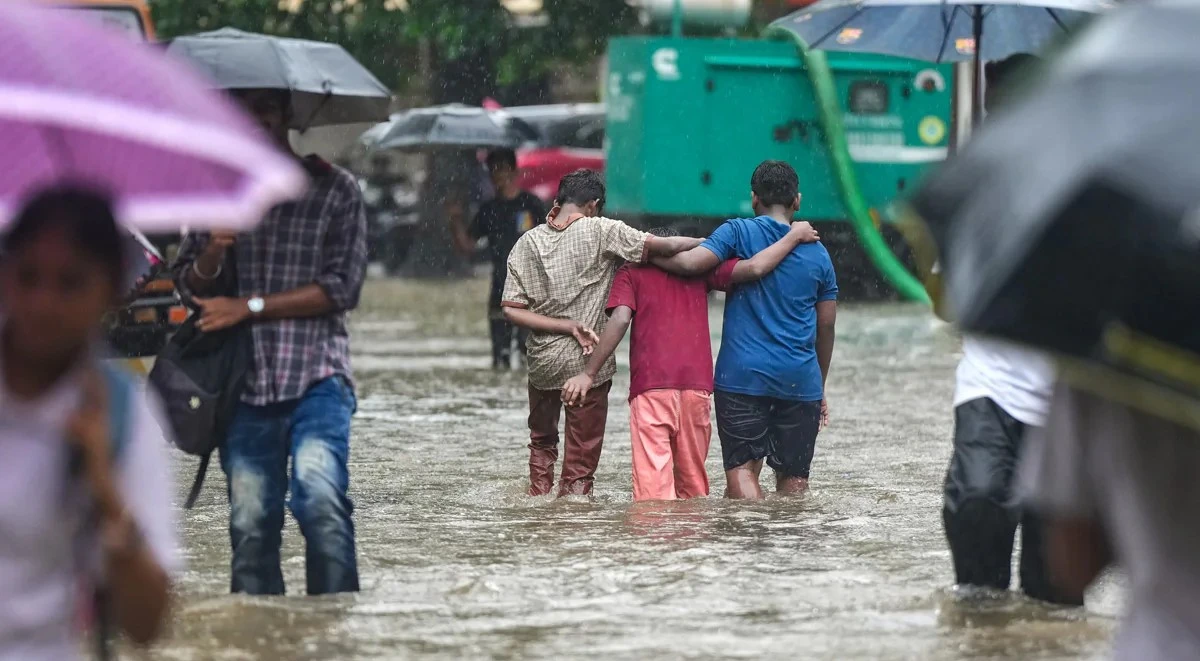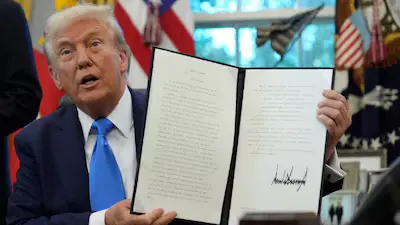Pune Bridge Collapse: Tragedy at Kundamala Spot Raises Safety Concerns in Maharashtra
On Sunday, June 15, 2025, a footbridge spanning the Indrayani River near Kundamala, a popular tourist destination in Pune district, Maharashtra, tragically collapsed, leaving 4 people dead, 51 injured, and 1 still missing. The incident has sent shockwaves across India, renewing debates around infrastructure safety, public accountability, and the neglect of warning signs.
What Happened?
Around 3:15 PM, the narrow iron-and-concrete pedestrian bridge—estimated to be over 30 years old—gave way under the weight of over 150 to 200 people, many of whom were crossing with two-wheelers. Despite official warnings that the bridge was structurally unfit and should not be used, it continued to serve as a shortcut route for locals and tourists.
Eyewitnesses describe a horrifying scene where the bridge began shaking before suddenly plunging dozens into the swollen Indrayani River. Rescue teams from the National Disaster Response Force (NDRF), police, and fire departments rushed to the scene, beginning a 15-hour-long rescue operation that saved 55 individuals from the water.
Casualties and Survivors
As of the latest reports:
-
4 people lost their lives, including a five-year-old child.
-
51 individuals were treated for injuries, 8 of them in critical condition.
-
One person remains missing, with divers continuing search operations downstream.
Many of the survivors have sustained fractures, head injuries, and trauma-related conditions due to the force of the fall and the river’s current.
Ignored Warnings and Infrastructure Neglect
Local authorities had declared the bridge unsafe months ago and even placed barricades to prevent public access. However, the barricades were reportedly removed or bypassed frequently, and no enforcement action followed. With nearby alternative routes under construction, the bridge remained a preferred path—especially on weekends when the Kundamala area draws significant tourist traffic.
Locals say the structure had visible signs of distress: rusted beams, worn-out concrete patches, and a narrow frame incapable of handling modern-day foot and bike traffic. Sadly, this was a disaster waiting to happen.
Eyewitness Accounts
Swapnil Kollam, a Pune resident who narrowly escaped the fall, recounted:
"There were easily 200 people on the bridge. We felt it shaking, and panic broke out. I grabbed my wife's hand and jumped off before the structure went down."
Another woman told reporters:
“My leg was caught under the railing as I tried to jump. A stranger pulled me to safety—I don’t even know who he was. I owe him my life.”
Government Response and Compensation
The Maharashtra State Government has announced:
-
₹5 lakh compensation for each deceased victim’s family.
-
Full medical coverage for the injured.
-
An investigation committee to determine causes, identify negligence, and recommend future preventive measures.
District officials have also confirmed that a new bridge costing approximately ₹8 crore had already been sanctioned and tendered, with construction expected post-monsoon. Unfortunately, the current tragedy occurred before any tangible steps were taken to restrict access to the defunct structure.
A Wake-Up Call for Infrastructure Oversight
The Pune bridge collapse is not just a tragic accident—it is a grim reminder of the consequences of administrative inaction and infrastructure mismanagement. While natural forces like monsoons and river currents can strain aging structures, the absence of timely maintenance, public communication, and enforcement turns such vulnerabilities into full-blown disasters.
This incident also mirrors similar tragedies in India’s past where bridges, dams, and public walkways—often decades old and under-maintained—failed under predictable pressure.
What Needs to Change?
To prevent future disasters, experts and civil society are calling for:
-
Mandatory annual structural audits of all public bridges.
-
Transparent maintenance logs made accessible to the public.
-
Strict enforcement of closures when a structure is deemed unsafe.
-
Community education programs about infrastructure risks in tourist zones.
Most importantly, politicians and local bodies must prioritize preventive action over post-tragedy compensation. Lives can be saved not by condolences but by concrete measures taken in time.
Conclusion
The Pune bridge collapse has left families grieving, survivors traumatized, and a state reeling from the weight of responsibility. As search teams continue their mission and the injured recover in hospitals, Maharashtra must reflect and act swiftly to ensure this tragedy is not repeated elsewhere.

